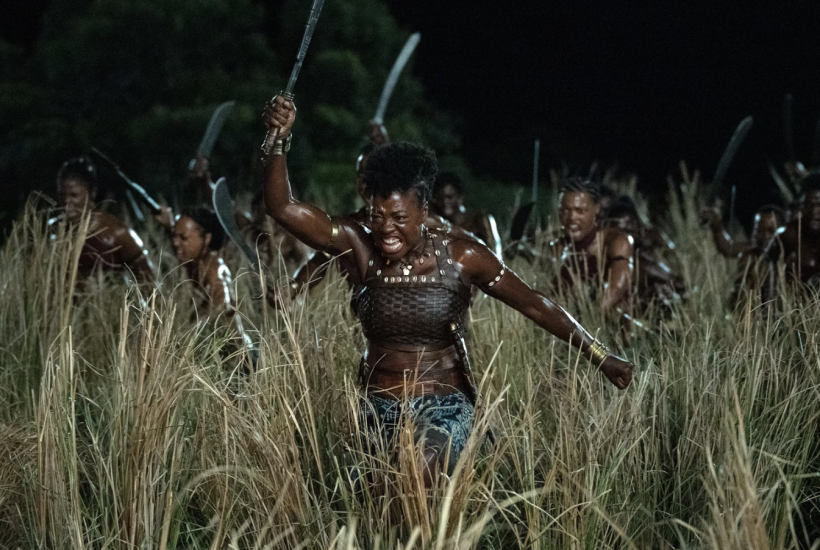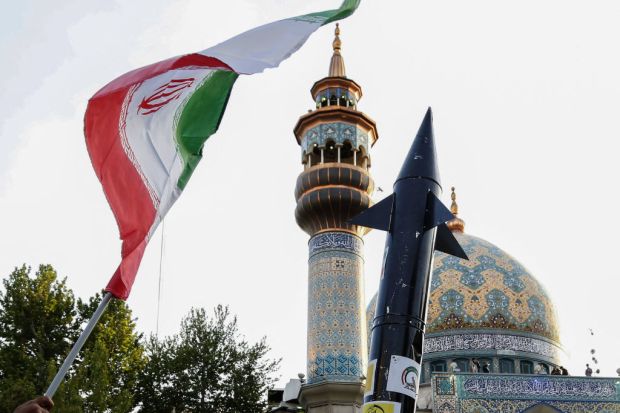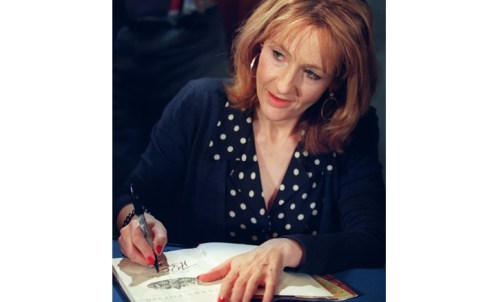As a general rule, it’s worth remembering that Hollywood is in the business of mythologising, rather than retelling history. The Woman King, which was released in cinemas this week, represents the latest effort at constructing a past more in tune with 21st century progressive political narratives. In the film, King Gezo of Dahomey and his loyal Amazons – an elite band of women warriors – struggle to free his kingdom and his people from the evils of the slave trade, the dominance of the Oyo empire, and the creeping tendrils of European colonisation. It’s a stirring tale of African resistance and female empowerment. It’s also deeply flawed.
King Gezo, Dahomey, and the Amazons really existed, and did fight a war with the Oyo. At that point, the parallels with reality end. The real Dahomey was a country of almost unrivalled brutality, its economy built on slavery and its religion on human sacrifice. The wars it fought had the intention of preserving the slave trade, and its conflicts with Europeans were driven by British attempts to suppress it.
In 2018, a book called Barracoon was published, containing old interviews with Cudjoe Lewis – the last survivor of the final slave ship to land in America. Lewis was kidnapped by soldiers from Dahomey in 1860, and the raid on his home town featured the kingdom’s ‘women soldiers’. The slave ship set sail in the first place following King Gezo’s resumption of slave trading – the same Amazons and the same Gezo lauded by The Woman King as proto-abolitionists.
In Hollywood’s history, Gezo is a reluctant slaver forced into the selling of prisoners to fund his purchases of weapons. In the real world, the King was an enthusiastic participant in the trade. In 1850, the British dispatched an officer to Dahomey with a simple mission: to persuade the kingdom to abandon the slave trade. He met with stout resistance. Gezo is quoted as saying:
‘I and my army are ready at all times to fight the queen’s enemies and to do anything the English government may ask me, except to give up the slave trade. No other trade is known to my people… it is the source of their glory and their wealth: their songs celebrate their victories, and the mother lulls the child to sleep with notes of triumph over an enemy reduced to slavery. Can I, by signing a treaty, change the sentiments of a whole people?’
This quote reflects the complex reality of slavery in West Africa; far from being solely an imposition by Europeans on African states, the system lasted for so long because it was mutually profitable for indigenous kingdoms to engage in it too. The eventual British colonisation of West Africa was driven in part by the difficulty of eradicating the trade once public sentiment in Britain moved against it.
This complexity is reflected in Gezo’s real-world relationships with European slave traders. In the film, a Portuguese-trading slaver known as Santo Ferreira – seeking slaves to send to Brazil – plays the role of antagonist. In reality, far from waging war on slavers, Gezo enlisted their help in seizing the throne. Gezo – then Prince Madagungung – was second in line after his brother, Adandozan. Francisco Felix de Sousa, a Brazilian based in the port of Whydah, financed Gezo’s revolution and was rewarded with the position of ‘Chacha’ (principal trading agent) in the region. De Sousa’s descendants remain prominent in modern-day Benin, counting among their number former presidents and first ladies; the title of ‘Chacha’ is still handed down along the clan’s patriarchs.
This reliance and debt to de Sousa, in combination with the sheer wealth the trade brought him, partly explains why Gezo was so reluctant to end the trade. And, in turn, why the city of Abeokuta had to go. Because the curious thing about The Woman King and its glorification of Dahomey is that there really was a kingdom which resisted African slavers. It’s just that the city in question was Abeokuta, and the slavers it resisted were Gezo and his Amazons.
Abeokuta was home to a large population of liberated slaves, and did not generally participate in the wider trade. It was not a paradise; like other West African states, the people of the city kept slaves. However, this was not comparable to the cruelty shown in Western plantations; they worked in agricultural labour, and the notes of one European observer suggest a greater resemblance to the slaves of Rome than those doomed souls forced to cross the Atlantic.
When Dahomey eventually assaulted the city, it was repelled. The war on Abeokuta was partly motivated by the willingness of Europeans to engage in arms sales to the city, which was allied to abolitionist Britain. This defeat did not result in a lasting change of heart; eventually Gezo returned to slave raiding. This time, there would be no coming back: a sniper friendly to Abeokuta killed the slaver King, sparking another round of conflict between the city and Dahomey.
The story told by The Woman King is both less complicated and less interesting than the reality. Wouldn’t the story of Dahomey in full – its complicated relationships with Britain, France, and neighbouring kingdoms, the rule of Gezo, the role of de Sousa – be fascinating to see play out? And wouldn’t it be better to set aside political mythology and examine the world as it was?
Got something to add? Join the discussion and comment below.
Get 10 issues for just $10
Subscribe to The Spectator Australia today for the next 10 magazine issues, plus full online access, for just $10.



















Comments
Don't miss out
Join the conversation with other Spectator Australia readers. Subscribe to leave a comment.
SUBSCRIBEAlready a subscriber? Log in